Unlocking Global Markets: Navigating Machine Translation
The era of machine translation prompts advantages and challenges for those navigating global markets. On one hand, it expedites localization workflows and quickly converts content into different languages.
These processes are also improving. AI and advanced language processing help machine translation systems enhance their output, resulting in more accurate, relevant, high-quality translations.
However, machines cannot completely replace human expertise. They often lack nuance and lead us to overestimate speed for precision, which is detrimental to localization.
Precise localization tailors your app or SaaS to fit the cultural, legal, and societal expectations of new markets—a task that’s not only essential for global expansion but requires human insight to be truly accurate.
Today, we’ll go over what machine translation is, its benefits and downsides, and how adding a human touch elevates your outreach.
Exploring Machine Translation
Machine translation refers to software programs and automated functions that convert a source language into another. How machine translation works depends on the type of system and use cases.
Generally, the process entails complex algorithms, datasets, and defined linguistic rules and language models to comprehend the source text or speech and accurately convert it to the target language. That said, different machine translation systems have different methodologies.
Here are three examples.
- Rule-based machine translation (RBMT): RBMT relies on predefined rules and dictionaries to translate. This system is less nimble than others. Consequently, it works best for language pairs with strict grammatical rules or highly technical globalization projects where you don’t use figurative language.
- Statistical machine translation (SMT): SMT uses probabilities and statistical translation models rather than grammatical rules. It analyzes data, identifies patterns, and makes predictions. Syntax-based machine translation (SBMT)—which incorporates linguistics—derives from SMT. Microsoft Translator learns according to SBMT and other systems.
- Neural machine translation (NMT): NMT uses deep learning, natural language processing (NLP), and neural networks to mimic how a human brain might translate languages. It’s a form of artificial intelligence (or AI translation) that learns and improves over time. Major providers like Google Translate and Amazon Translate use NMT, while companies often incorporate it into their strategies.
Adopting machine learning and AI is a major aid for contemporary translation processes. For developers and SaaS platforms, it helps companies speedily adapt to foreign languages and cross-cultural contexts as part of their global expansion.
However, there are downsides too. Let’s go over the advantages and challenges of machine translation below.
Advantages of Machine Translation
The advantages of machine translation services center on reduced costs, as well as scaling and speeding up global strategies. Let’s review these benefits in more detail.
- Speed and efficiency: You can automate and accelerate time-to-market due to breakthroughs in machine translation quality. AI has been especially important. It wields machine learning to function similarly to human translation but at a greater speed and efficiency. This produces accurate results in less time, reshaping workflows.
- Cost-effectiveness: Machine translation’s speed and efficiency also streamline the localization budget. Automated processes cut down on redundancies and repetition, allowing you to redirect resources and save money. Additionally, machine translation often tackles less culturally sensitive or complex content like social media posts, reducing marketing expenses.
- Scalability: Due to machine translation’s automated, self-learning functionality, it supports scalability and simultaneously localizes content for multiple markets. This is essential for adapting key pages to new customer interactions.
For instance, Flow (now called Global-E) found that shoppers want product description pages (67%), product reviews (63%), and the checkout process (63%) in their native tongue. Doing so broadens your outreach, breaks down language barriers, and helps you connect with a global audience.
Challenges of Relying Solely on Machine Translation
Relying solely on machine translation technology has its challenges. Developers and SaaS companies opting out of human translation should be aware of the following barriers.
- The nuance gap: The biggest hurdle of machine-only translation is representing cultural and contextual nuance. Machine learning isn’t yet mature enough to convey the creativity, mannerisms, humor, idioms, slang, sensitivities, and other factors that make up a target locale.
These components help a brand connect with a global audience. It tailors offerings and content to represent audience needs. Going without leads to noticeable oversights and potentially offends your audience.
- Potential for misinterpretation: Similar to the nuance gap, there’s potential misinterpretation by machines. For example, automated translation may misinterpret figurative and rhetorical language. What applies in English may be nonsensical in Chinese, Korean, Japanese, or Arabic.
Likewise, machine translation engines may reflect biases or mishandle rare language pairs due to their training models. This, in turn, leads to insufficient results and potential legal or social ramifications without proper human oversight.
- The importance of quality: Machine translation software expedites workflows but this isn’t a guarantee of precision. Coupled with a lack of nuance and misinterpretation, machines may miss formatting and structure. Precise translations are also contextually relevant; they resonate with time-sensitive events that even advanced AI is unable to reflect. As a result, bringing in human translators is vital to the localization process.
The Human Touch in Localization
The human touch elevates localization and better adapts your brand to a global audience. Let’s consider why. According to research, 76% of worldwide consumers prefer to shop in their native tongue. Moreover, 40% won’t even buy in foreign languages.
Alone, machine language translation accelerates processes to meet these multilingual needs. They’ll convert web pages, chatbots, apps, and more. However, by integrating human expertise, you ensure every interface your new audience interacts with is culturally nuanced and linguistically accurate.
Professional translators like OneSky’s 1,000+ roster have the experience to achieve these results and guarantee quality across language pairs. While machine translation tools aren’t yet mature enough—or creative enough—for commercial-grade activities, humans demonstrate industry-relevant insight and linguistic dexterity.
They stay in touch with cultural or time-sensitive topics. They also know how to approach complex jargon and answer questions machines can’t. Even as AI advances, human involvement remains invaluable to localization due to their experience and acuity.
Integration for Success
Developers and SaaS companies going global don’t have to choose between machine translation and human oversight. OneSky’s AI-human translation service combines the best of both worlds.
Boost Translation Quality
Our translation methods leverage cutting-edge technologies and an adaptive AI engine. While translation memory, glossaries, and string context are applied in translation, we leverage OneSky human translators’ feedback in the adaptive machine translation process, which will aid in increasing translation quality and scalability while producing more on-brand translations.
With the post-editing of our 1,000+ translators who are experts in their field, the AI-powered translation is guaranteed to be of top-notch quality in terms of formatting, legal jargon, sensitive topics, and more. Furthermore, each piece of translation submission is given an LQA score internally before delivery, and only those with a passing score are allowed for delivery to customers.
Boost Productivity
As the go-to translation solution for developers and SaaS companies building a global brand, OneSky also seamlessly integrates with the most popular platforms. This achieves comprehensive linguistic guidance, no matter your tech stack.
Other features, such as string management, automated workflows, on-device testing, and APIs eliminate redundancies and shorten turnaround times so you can scale efficiently.
Reduce Costs
Who doesn’t love saving money? We understand the time and cost of human translation could be high due to the expertise and effort involved. Leveraging both advanced AI technologies and human expertise, our new hybrid translation service, “AI & Human”, could greatly reduce your translation costs while delivering quality translation.
Perfecting Your Localization Strategy Begins with OneSky
The future of localization blends machine translation with human insight. It’s key to perfecting your global strategy due to the speed and efficiency of machines—matched with the experience and ingenuity of human-led professional translation.
Leverage both and elevate your global presence. OneSky’s comprehensive solutions support scalability with 50+ languages, flexible technical support, and easy-to-integrate automated workflows.
Adapt mobile apps, video games, and SaaS today and embrace the future of localization. Let OneSky help you navigate the complexities of machine translation complemented by human expertise for unparalleled global reach.

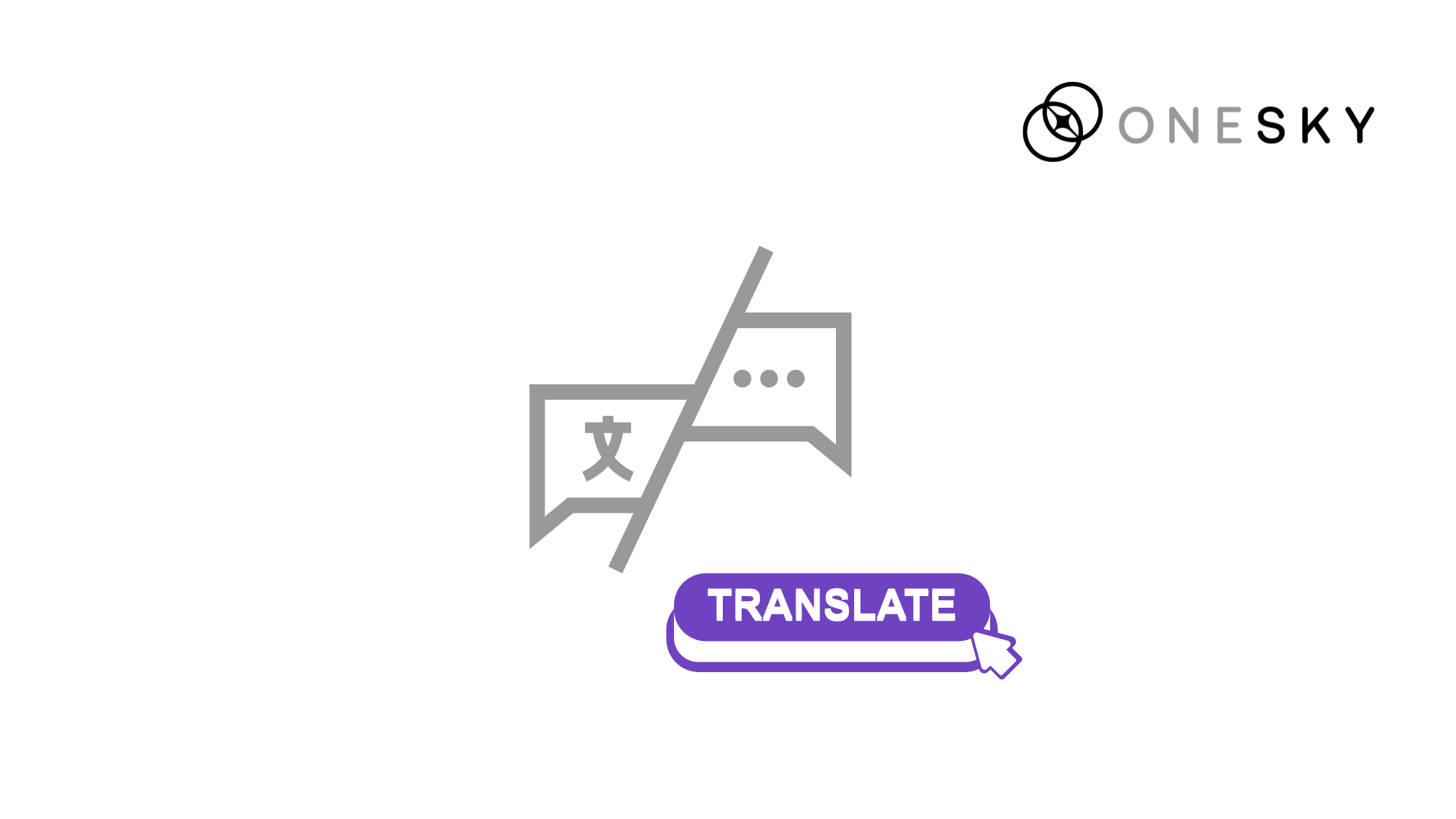
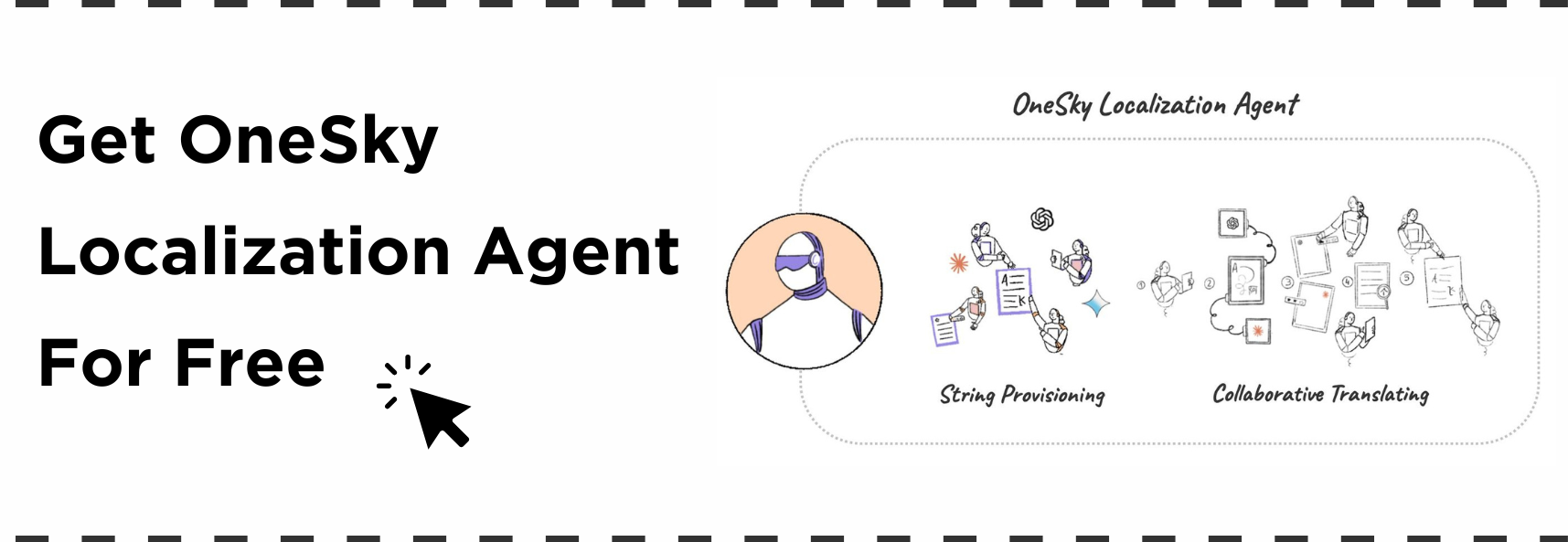
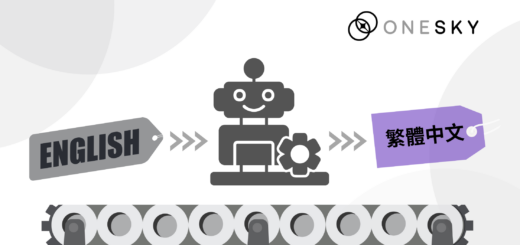
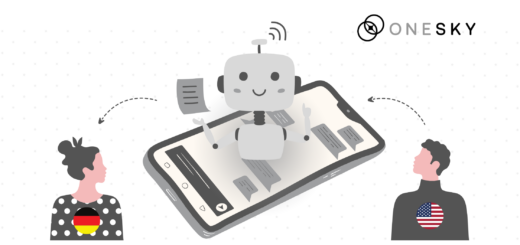
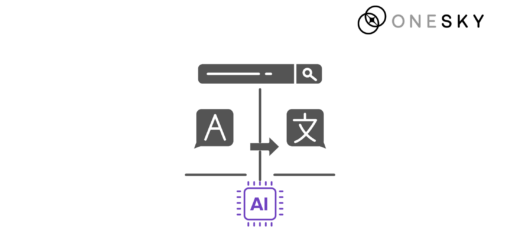





 Written by
Written by 


